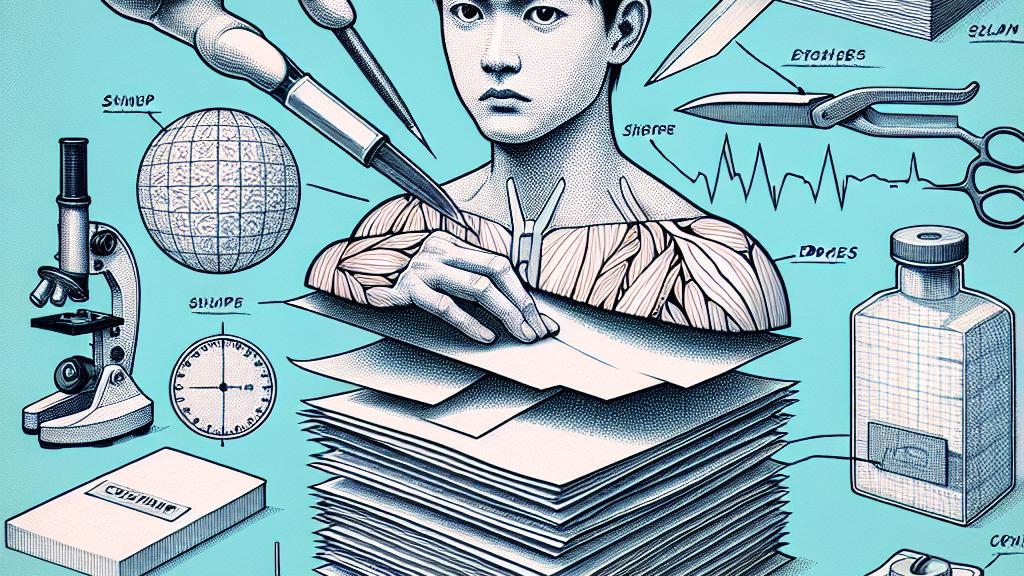The Painless Peril: How Science and Nature Conspire for Paper Cuts!
Overview
- Research identifies specific paper thickness as a significant cause of cuts.
- The 65-micrometer thickness is particularly dangerous for skin.
- Understanding the pain of paper cuts aids in better prevention and care.

Exploring the Mechanics of Paper Cuts
A novel study conducted in Japan has uncovered intriguing insights into the occurrence of paper cuts, illustrating how the science of materials intersects with human biology. The research revealed that paper with a thickness of 65 micrometers poses the greatest risk, as it is capable of slicing through human skin quite effectively. Researchers employed a combination of experimental techniques and theoretical modeling to delve deeper into the physics behind these cuts. The findings revealed that the structure and composition of the paper create sharp edges that, under proper conditions, can act like blades. This research serves as a reminder that even everyday items can harbor unexpected dangers, marrying practical experience with scientific inquiry.
Understanding the Pain Behind Paper Cuts
One of the most perplexing aspects of paper cuts is their disproportionate pain relative to their size. Unlike deeper cuts that might bleed and provide a buffer against pain, paper cuts typically do not elicit a significant blood response. When inflicted, this leaves the underlying nerves exposed to air, causing heightened pain sensations that can persist long after the injury. The pain is intensified by the reaction of nerve receptors uniquely concentrated in our fingertips, which are more sensitive than other body areas. Moreover, when paper cuts expose skin to chemicals, such as bleach present in some paper products, the irritation can further escalate discomfort, illustrating how environmental factors can worsen minor injuries.
Strategies for Prevention and Care of Paper Cuts
Given the discomfort associated with paper cuts, it is crucial to adopt preventive strategies to minimize their occurrence. Selecting paper that has softer edges or is designed specifically to reduce abrasiveness can be beneficial. Additionally, proper handling techniques, such as aligning papers carefully before lifting and avoiding thick stacks, can significantly decrease the risk of injury. In the event of a paper cut, timely management can ease discomfort and promote healing. Cleaning the wound immediately, applying an antiseptic, and covering it with a bandage can prevent infection and soothe exposed nerve endings. By understanding both the science behind paper cuts and effective care strategies, individuals can navigate this common nuisance with greater confidence and awareness.

Loading...